
Article contents

Yes, you can have both a personal pension and a workplace pension (actually as many personal pensions as you like). A great method to boost your total pension pot for a comfortable retirement is to use both – we’ve covered it all below.
Planning to save more for retirement with a personal pension? A very good idea. And, yes you can have both a personal pension and a workplace pension, and it’s a very popular option to boost your pension pot and provide a comfortable retirement.
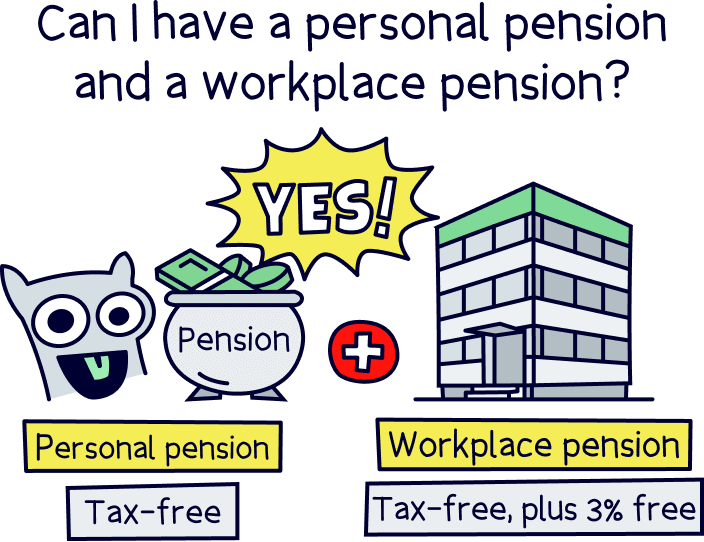
You can in fact have as many personal pensions as you like, although keeping all your pension money together can often be the best idea (called consolidating your pension).
A personal pension is very similar to a workplace pension too. You’ll still save tax-free, and you can simply let the experts handle the investment side of things (money in pensions is usually invested sensibly), and aim to grow your money over time.
They actually have some advantages over workplace pensions too – as you’ll be able to decide which pension provider to use (your employer chooses your work pension), and where your money is invested. So, you can pick a provider with things like great customer service, is easy to use, has low fees and a great record of growing pensions over time.
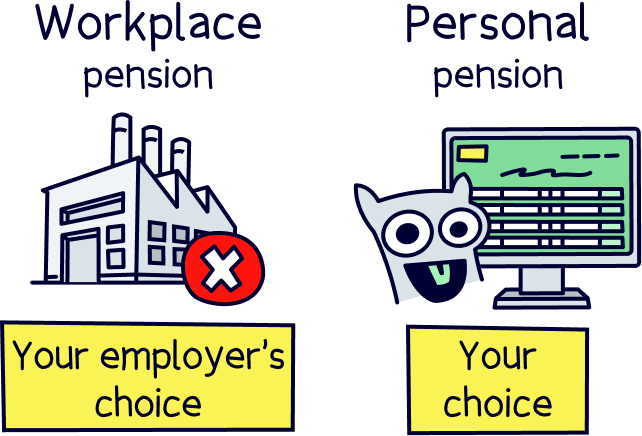
If that’s answered your question and you’re keen to get saving into a personal pension, here’s our top picks:
Where the experts aim to grow your money over time.
PensionBee tops the list, it’s easy to use, low cost and a great record of growing pensions.
Get £50 added to your pension



PensionBee is our recommended provider – they’ve thought of everything.
Their 5 star rated app (and website) makes it easy to set up and use. You can open a brand new pension, or transfer your existing pensions across (they’ll handle all the paperwork).
Simply pick from an easy to understand range of pension plans, and that’s it, the experts manage everything from there.
It’s low cost, with one simple annual fee. The customer service is excellent, and you’ll get a dedicated account manager for any questions you might have.

And, when the time comes to retire, withdrawing from your pension is easy too.
You can also use them if you're self-employed or a company director.
Great app



A great and easy to use pension. Add money from your bank or combine old pensions into one, (they’ll find lost pensions too).
The customer service is excellent, with support based in the UK.

Beach is an easy to use pension app (and easy to set up), where you just add money and the experts handle everything. It’s all managed on your phone with a great app, and you can see your total pension pot whenever you like.
If you’ve got lost or old pensions, Beach can also find them and move them over too, so you can keep all your retirement savings in one place, and never have to worry about losing them in future.
You’ll get an automatic 25% bonus on the money you add to your pension pot from your bank account (tax relief from the government), which refunds 20% tax on your income, and if you pay 40% or 45% tax, you’ll typically be able to claim the extra back too.
The pension plan (investments) are managed by experts, who are the largest investment company in the world (BlackRock). And they consider things like reducing climate change, meaning your savings could make the world a little better in future too.
You can also save and invest alongside your pension with an easy access pot (access money in around a week), designed for general savings, with the investments managed sensibly by experts too. And money made can be tax-free within an ISA.
Fees: a simple annual fee of up to 0.73% (minimum £3.99 per month).
Minimum deposit: £25
Customer service: excellent
Pros:
Cons:
PensionBee tops the list, it’s easy to use, low cost and a great record of growing pensions.
Where you make your own investments.



AJ Bell is well established, with a good reputation.
It's one of the cheapest SIPPs out there (charging a low annual fee).
There's a huge range of investment options – pretty much every investment out there (including both funds and shares).
The customer service is excellent too.
Overall, it's one of the best options for a SIPP.

Offers available



Interactive Investor is a well established company, and very popular.
Instead of paying a percentage of the investments in your account (like other investment companies), you’ll instead pay a fixed fee per month – and it’s pretty low, starting at just £5.99 per month for a pension (SIPP).
This makes it one of the cheapest SIPP providers out there, especially if you have a fairly sizeable amount within your pension (e.g. over £30,000).
On top of that, there’s a huge range of investment options (e.g. shares and funds) – one of the largest.
It's easy to use, and the website and app are great. The customer service is excellent too.
A great choice overall.

PensionBee tops the list, it’s easy to use, low cost and a great record of growing pensions.
Both types of pension are private pensions, which means a pension private to you, in your name, and you decide how much you’d like to save into it, and later when to withdraw from it.
The alternative is the State Pension, which is the government pension, and you’ll likely get this at State Pension age (currently 66). More on this later.
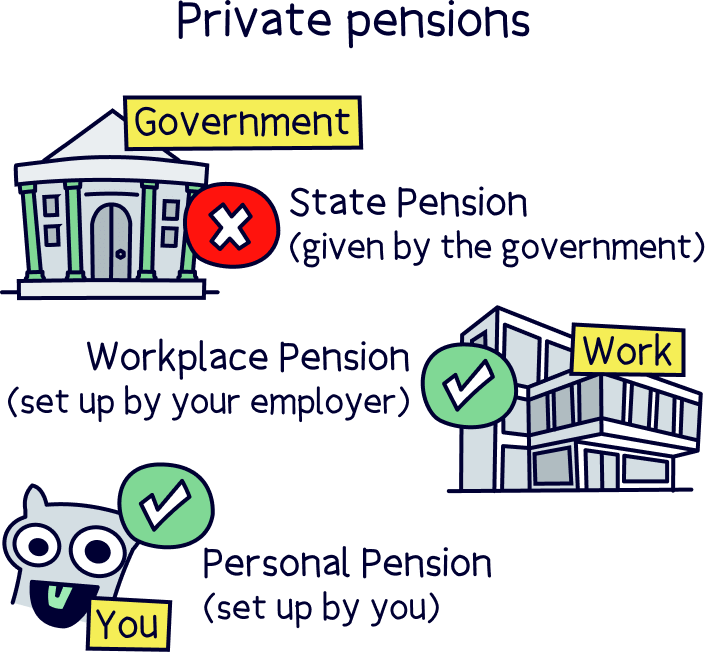
Let’s dive into each type of pension, and run through why you probably want to use both types to save for retirement.
A workplace pension scheme is a pension that your employer will set up for you when you start a new job (called auto-enrolment).
Your employer will then take money out of your pay, and put it straight into your pension tax-free.
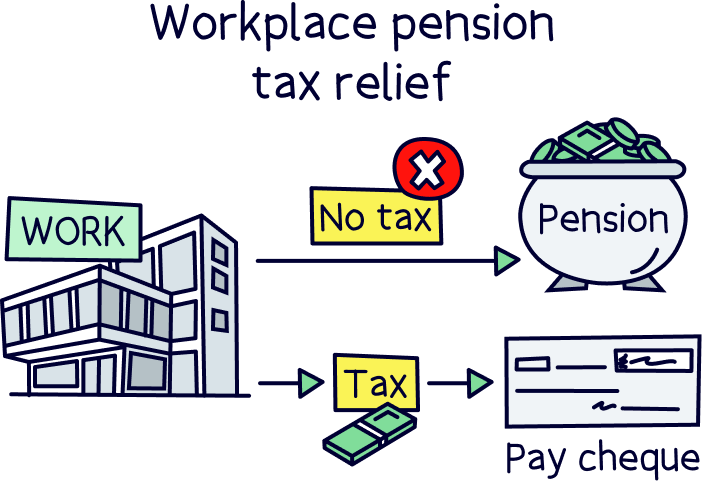
They have a pretty great benefit, and that’s if you save 5% of your salary, by law, your employer has to contribute 3% themselves too – so it’s like a payrise. These are called employer contributions.
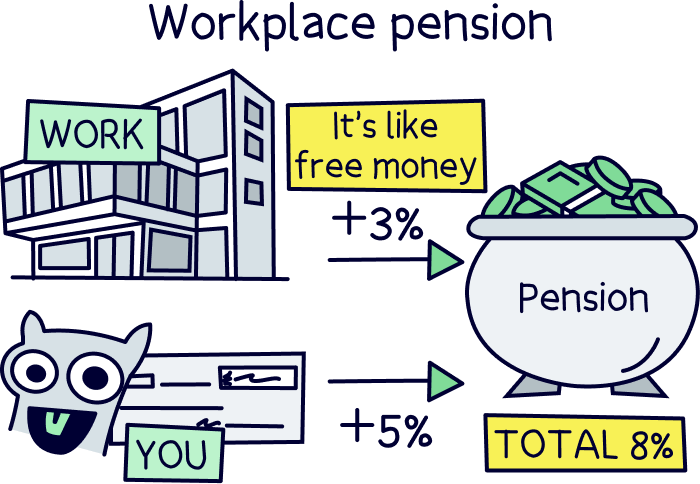
Sometimes, if your employer offers ‘salary sacrifice’, which is where they reduce your pay and put the difference into your pension, you can also save a bit of National Insurance too.
With workplace pension schemes, your employer pretty much handles everything, which can be great, but means they’ll decide which pension provider to use – meaning they can pick any old one to simply get the box ticked that they offer a pension (as it’s a legal requirement), rather than spending time researching and picking a great provider, perhaps one that’s easy to use, has great customer service, low fees and a great record of growing pensions over time.
And that’s where personal pensions come in, where you get all the control over your pension.
Note: we’ve been talking about defined contribution pensions, where you save into them directly, and they have a financial value (like £100,000) that typically grows over time. The alternative is a defined benefit pension, which is common in public sector jobs, such as the NHS, and where you get a guaranteed income when you retire, based on things like how long you’ve worked there and your salary.
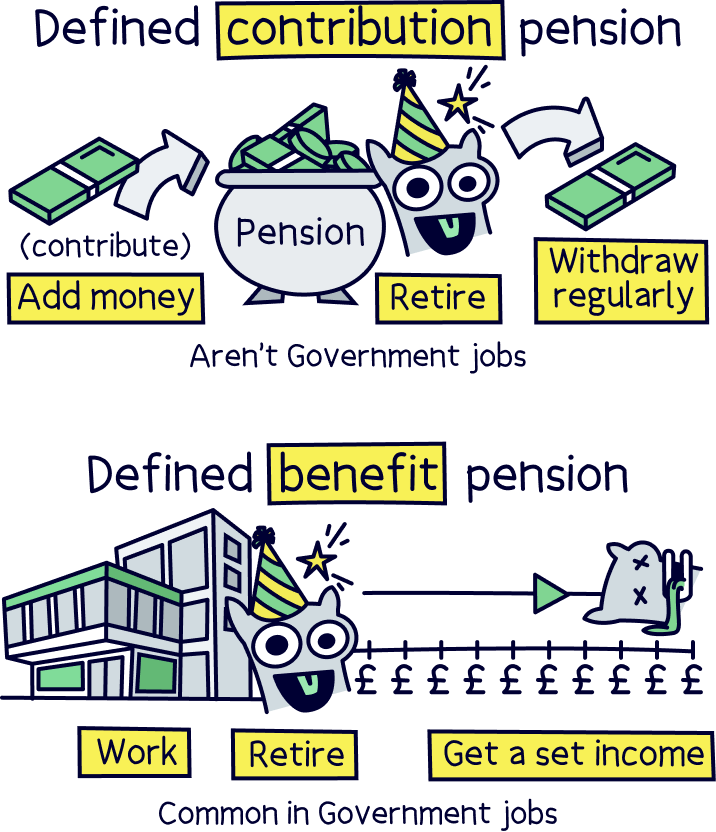
A personal pension is a pension you set up yourself (not your employer), so you decide which pension provider to use, and then how much you want to save and when (and later withdraw from it).
There’s two main options, the first is to simply let the experts handle things (highly recommended), or you can make your own investment decisions, which is called a self-invested personal pension or SIPP.
Nuts About Money tip: if you are keen to make your own investment decisions, check out the best SIPP providers.
Personal pensions have all the great tax advantages of a workplace pension, it just works a bit differently...
Instead of paying into your pension directly from your pay (like workplace pensions), you'll pay into it from your bank account after you’ve been paid, so you've already paid tax on your salary (depending on how much you earn). This tax will be automatically refunded back into your pension pot by the government.
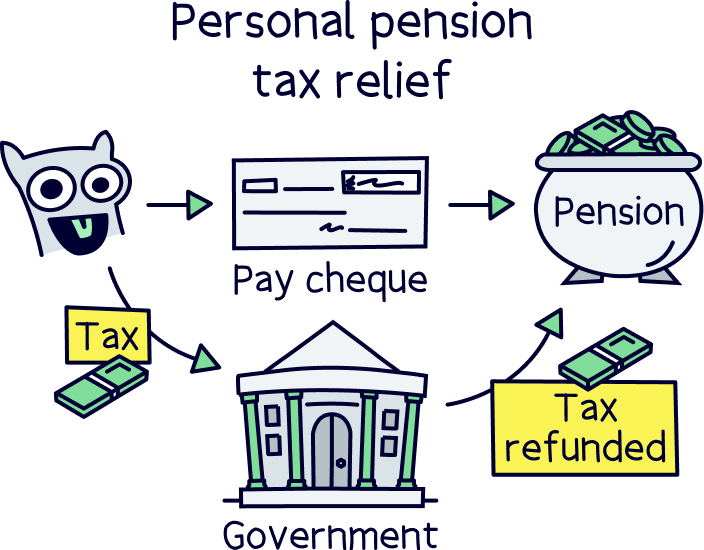
Sounds pretty good right? We like to call this a government bonus, but it’s technically called tax relief. It applies to the 20% tax you pay if you earn under £50,270. To pay this back to you, you’ll get a 25% bonus every time you add money to your personal pension (it sounds odd but the maths works out).
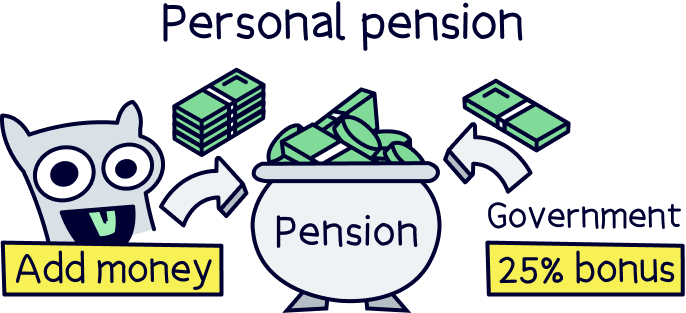
If you’ve paid higher rate tax (40% and earning over £50,270 per year), or additional rate tax (45% and earning over £125,140 per year), you can claim back some of this tax paid on a Self Assessment tax return.
As we mentioned, the great thing about personal pensions is that you get to decide which pension provider to use, so you can use one you like and has a great reputation with lots of happy customers.
For all of those reasons we recommend checking out PensionBee¹. Or, check out the best private pensions for all the top options. Beach¹ is great too, and allows you to save outside of a pension too (such as within an ISA).
You’ll also be able to transfer your pension to another provider in future if you want to, which you can’t do with your current workplace pension. And, you can combine all your pension pots together, if you have lots of old workplace pensions lying around, all into a single personal pension, making it much easier to manage.
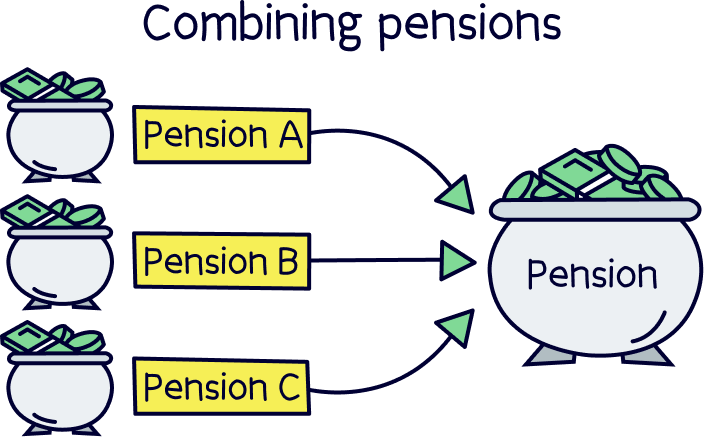
Nuts About Money tip: check out our guide to workplace pensions vs private pensions to learn more.
Note: if you’re self-employed, a personal pension is your only option (but a great one). Learn more with our guide to self-employed pensions, and the best private pension for self-employed people.
If you’re being sensible and planning to save more for retirement than the typical 5% of your salary that’s common with a workplace pension (to get the free 3% from your employer), then most likely, yes, you should have a personal pension too.
And by the way, you’ll likely want to be saving much more than 5% of your salary into a pension in order to save enough for a comfortable retirement if you can (more on that below).
Although, if your employer will add more to your pension if you do, then it makes sense to add as much as you can to make the most of the free cash! Sometimes employers will match your contributions, which means paying in the same amount as you do, for instance, if you pay in 6%, they’ll pay in 6% too.
Once you’re happy with your workplace pension contributions, it’s often then a good idea to start looking at a personal pension, as you’ll have lots more control over it – you get to pick the provider (so you can pick a great one), and decide where your money is invested (either with the experts, or making your own investments).
You can save up to your total income each tax year (e.g. your salary), or £60,000, whichever is lower (as a total across all of your pensions). A tax year runs from April 6th to April 5th the following year.
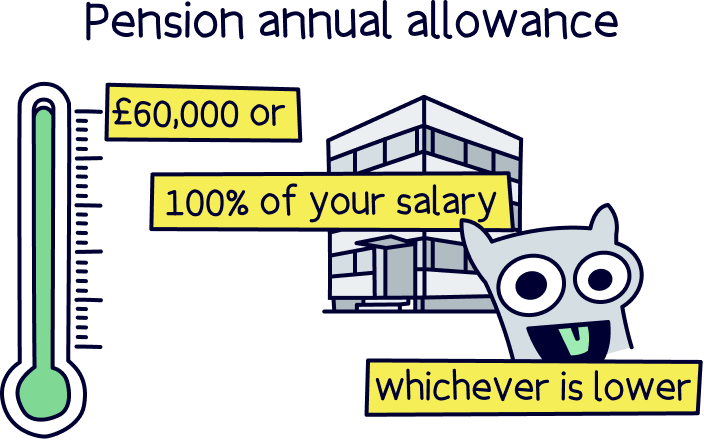
Once you’re up and running, every time you move jobs, you can move your old work pension over to your personal pension too – so all your pensions are in the same place, making it easier to manage, and all ready for retirement when the time comes.
It’s easy to transfer a pension too. If you’re with a great pension provider, they’ll simply handle the whole process for you – all you need to do is let them know where your old pension is (which provider). Your money will simply turn up into your new pension after the transfer is complete.
Now here’s the scary bit, you’ll likely need a very big pension pot to afford a comfortable retirement these days. As much as £881,719 to provide a retirement income of £43,900 per year.
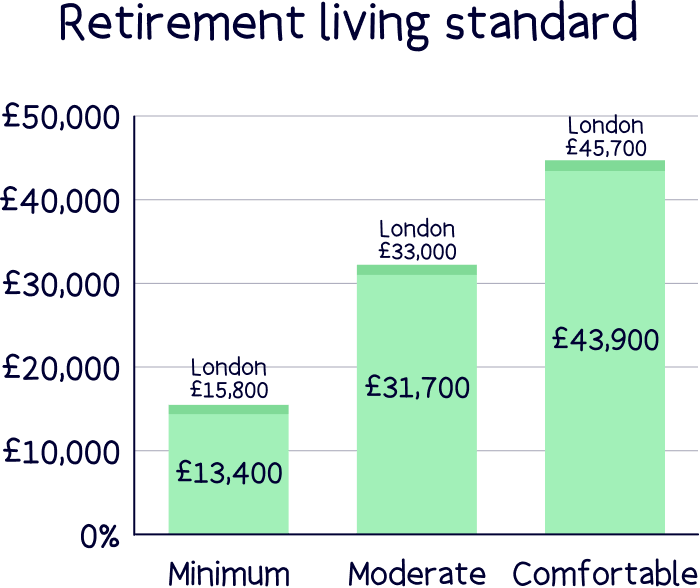
Staggering isn’t it? But don’t fear just yet, pensions are pretty great at growing your money over time – we’ll come to that in a bit.
Note: that figure also includes receiving the State Pension, so you will need to save an additional £881,719 after receiving the State Pension.
To work out roughly what you might need as a retirement income, there’s 3 different categories, called the Retirement Living Standards, developed by the Pensions and Lifetime Savings Association. And here they are:
They all assume you won’t have any living costs either (e.g. you’ve paid off your mortgage, and won’t be renting).
Here’s how much each retirement standard provides as an income per year, and how much you’ll need in your pension pot to achieve it:
It's a lot right? That’s why we recommend saving into a personal pension alongside a workplace pension.
However, don’t panic just yet, pensions are really great at growing over time, all thanks to something called compound interest, which is where your money begins to make money, and this snowballs over and over, turning small sums into very large sums over a long period of time (your working life).
Let’s imagine you have a pension pot of £10,000, and are able to save £220 per month into your pension. And your pension grew by 7% per year on average.
After 25 years, you’d have a whopping £235,470! And 10 years after that you’d have £511,294.
Just a single year after that, it would have grown by an extra £35,791. Amazing.
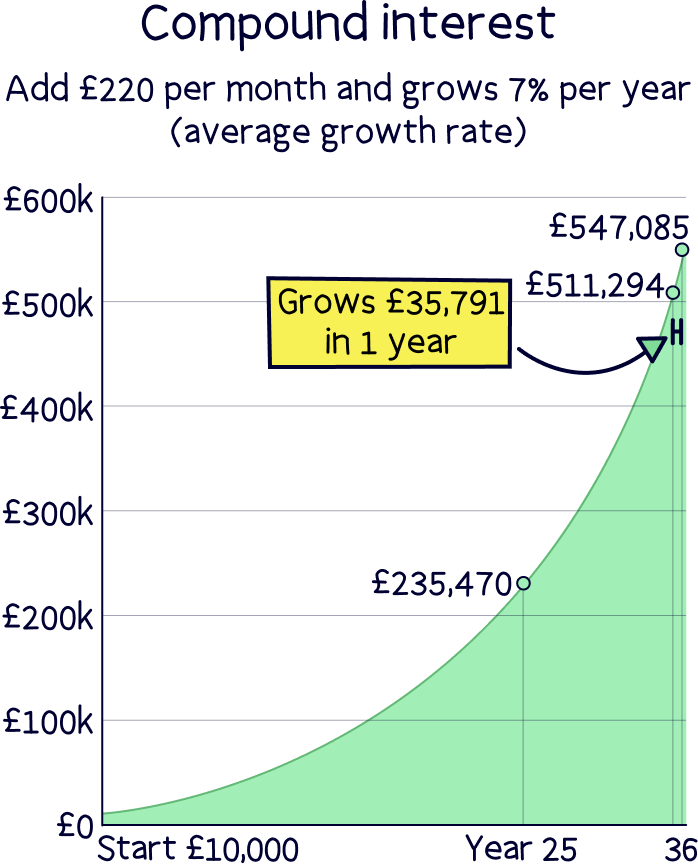
The key to growing your pension savings like this is starting as early as you can (right now!), and saving regularly (ideally monthly) and as much as you can. And then simply leave it to time.
Personal pensions (and workplace pensions) are great for retirement saving, because you can save tax-free – remember with a personal pension, you’ll get a massive 25% bonus from the government when you save in to it (to refund the tax you’d paid on your income), so your pension pot can really add up!
If you’re keen to learn more about this, here’s our guide to how much you’ll need in your pension pot.
If you’ve paid enough National Insurance contributions during your lifetime (at least 10 years, but 35 years to get the full amount), you’ll get the State Pension (the government pension), when you reach State Pension age (currently 66).
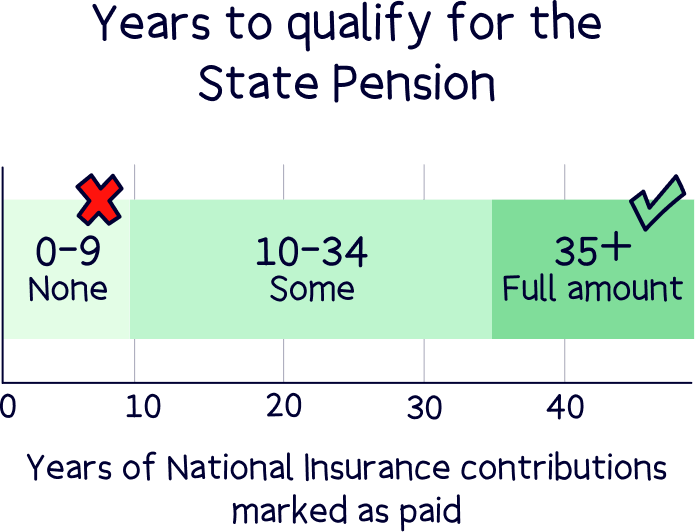
However, it’s not a lot, and is currently £230.25 per week (£11,973 per year). That’s less than the recommended minimum amount for retirement (£13,400), and far below a comfortable retirement income (£43,900) – so you’ll need a large pension pot alongside this (figures above).
Hopefully you’ll have built up a nice big pension pot by the time it comes to retire – and you can start withdrawing from your private pension from age 55 (57 from 2028). That’s both a personal pension and a workplace pension. Although it can be a very good idea to keep your pension growing until you do decide to really retire.
You’ll be able to take 25% of your pension pot completely tax-free, and you can take this as a tax-free lump sum if you like. With the remaining 75%, you’ll likely have to pay Income Tax on it, which is the same as your income now (e.g. your salary). Although it depends on your income at the time as you’ll still get your Personal Allowance where no tax is paid (currently £12,570).
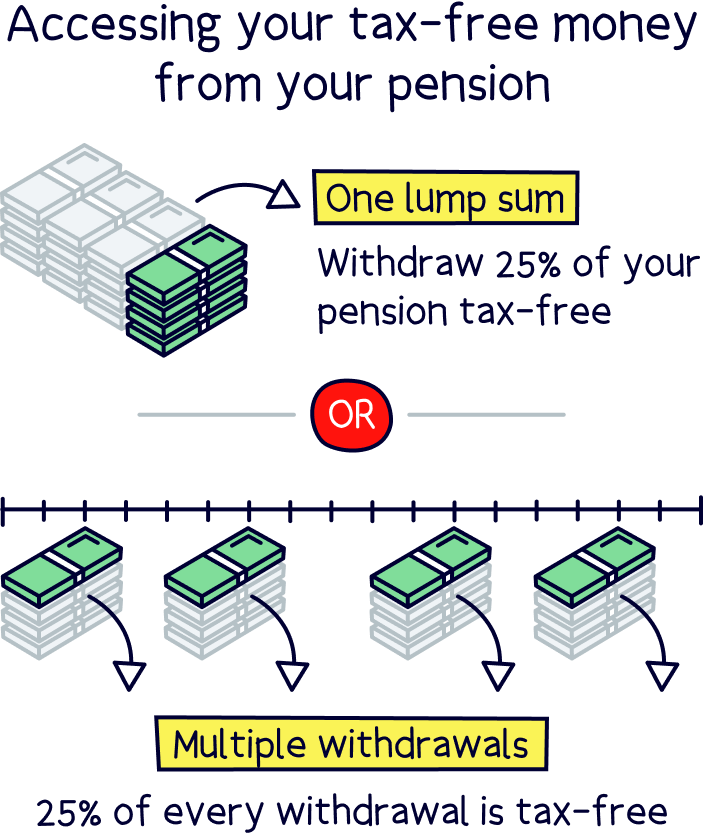
There’s two main options when it comes to giving yourself a retirement income. The first is pension drawdown, where you simply leave your pension where it is and withdraw from it as and when you like (e.g. monthly).
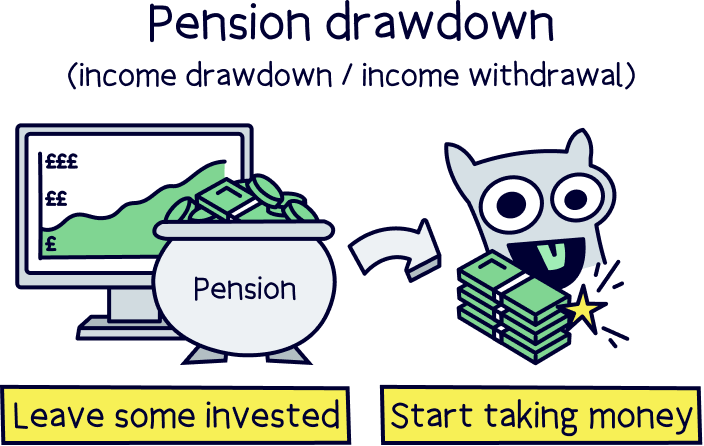
Or, you’ve got the option to trade your pension pot in for an annuity, which is a guaranteed income for the rest of your life (or a set number of years). To learn more about both options, check out our guide: pension annuity vs drawdown.
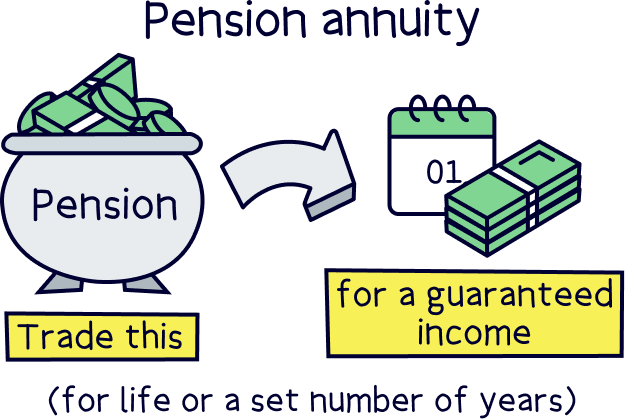
And if you’re keen to learn more about pension drawdown, check out our guide to the best pension drawdown providers.
Nearer the time, you can also get free advice from Pension Wise, or speak to a financial advisor (fees involved).
That’s it for personal pensions and workplace pensions. You can definitely have both, and it’s often a very good idea to do so.
A personal pension can really boost your pension pot, and give you full control over your pension, so you can save with a great pension provider that you’ve chosen.
So, you can benefit from great customer service, low fees and other things you like such as a great mobile app. You’ll also be able to decide where your money is invested, for instance leaving it to the experts, or making your own investments via a self-invested personal pension.
Our top pick for a great pension provider (for all of those reasons) is PensionBee¹. You’ll also get £50 added to your pension for free with Nuts About Money. We also think Beach¹ is great, and you can save outside of a pension too (e.g. within an ISA). For all the top choices, here’s the best pension providers.
There we have it. All the best saving for retirement.
PensionBee tops the list, it’s easy to use, low cost and a great record of growing pensions.
We’d love to hear from you, and it will help others too.
PensionBee tops the list, it’s easy to use, low cost and a great record of growing pensions.